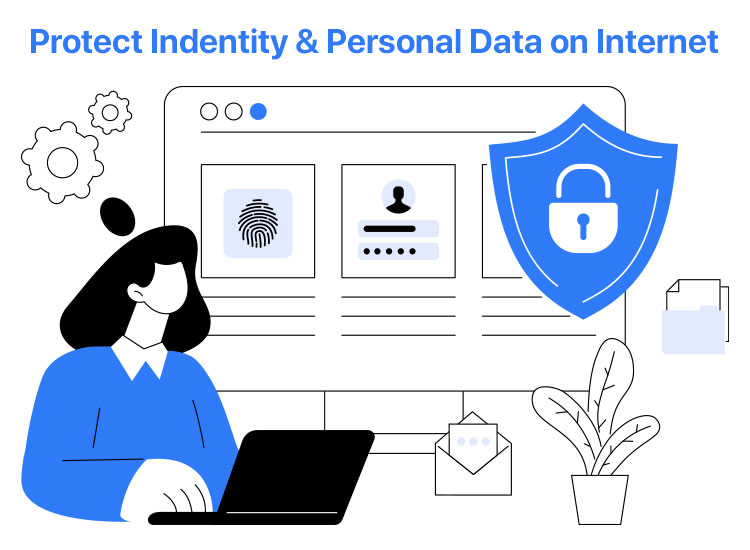
Over 87% of global adults intend to do more to protect their online privacy, according to a Norton survey. This is so because they understand the risks associated with failing to protect their data and identity online, such as identity theft, financial fraud, and reputational damage from cybercriminals. If you are also concerned about protecting yourself from these dangers, this guide will help you learn what you should do to protect your personal data and identity on the internet.
However, before we begin with the 10 best ways to protect your personal data and identity online, let’s have a quick recap of identity and data protection and privacy to ensure there is no confusion.
What Is Data Protection
Interchangeably used with “data security,” data protection means all those steps you take to safeguard your sensitive data from corruption, loss, or damage. These measures may include controlling data access, encryption, etc.
But why is data protection important?
In the world we live in, i.e., the world of artificial intelligence and rapid digital transformation, where access to your sensitive data is easier than ever, data protection is crucial to prevent financial loss, protect your reputation, prevent misuse of your personal information, ensure compliance with laws, and mitigate risks (for instance, harm to your personal and mental well-being).
Hopefully, that clears data protection and its importance. However, data protection and privacy often confuse many, with a lot of users asking what the difference is between data protection and data privacy.
To clear the difference between data protection and data privacy, while data protection is the implementation of steps, policies, and tools to safeguard your data from unauthorized access, loss, or damage, data privacy refers to your right to control your personal information, defining what data can be collected, who can access it, and who can use or share your data.
On that note, here’s a clear insight into data privacy.
What Is Data Privacy
Data privacy is the right you have to determine how others collect, store, use, and share your information. It involves establishing guidelines for organizations to ensure they follow the best practices for handling sensitive data, making sure that none of your data is stored, used, or shared without your permission, and that you have control over it.
However, despite all data privacy laws, regulations, and guidelines in place, cybercriminals are powerful enough to launch sophisticated and targeted online security attacks. In fact, according to the World Bank’s review of the economic costs of cyber incidents, the cost of cybercrime is projected to reach a whopping US$10.5 trillion annually by the end of 2025.
And that makes it essential for you to protect your personal data and identity better than ever. Hence, let’s now proceed towards how to do it.
10 Ways to Protect Your Personal Data
You can protect your identity and personal data on the internet by creating strong passwords, not oversharing on social media, using public Wi-Fi carefully, watching out for links and attachments, ensuring the site is secure, using antivirus software, configuring advanced privacy settings, and disabling your Bluetooth and Wi-Fi when idle. Below are these measures in detail.
1. Ensure your password is strong
Imagine locking your house, going out to enjoy the evening, and returning only to find your valuables have been stolen. The lock was not strong enough to protect you from theft, and the thieves broke into your home easily. It is much like how cybercriminals crack weak passwords to steal your personal information.
Hence, you need a strong lock, i.e., a password, to protect your data. Do not be in a hurry while creating passwords. It is crucial to create powerful passwords that are impossible to crack.
Thus, focus on creating a password that is a mix of symbols, numbers, and letters. Also, do not include easily guessable information, such as your name, birthdate, etc., in the password.
Bonus Tip: You can use an easy-to-remember but tough to crack catchphrase (password pass phrase) in the password format (ensure it is random words and not something easy like song lyrics) to protect your personal data. For example, Taught!Spirit!Tea!Tears!Pipe8 can be a strong password.
If confused, you can even use a password generator to create robust passwords. Also, you can add two-factor authentication (i.e., password and added security, such as fingerprint) for better protection.
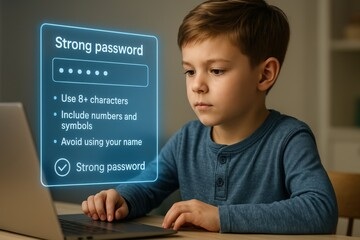
Also know: The Best Anti-Malware and Protection Software for Windows PC
2. Refrain from oversharing
While it is tempting to share life moments online with friends or followers, the intimate details of your life must be private. Hence, be cautious about sharing your hometown, birthday, location, or other personal information while posting on social media, and check your privacy settings to be aware of who views your posts.

3. Be cautious when using free Wi-Fi
Do you think the Wi-Fi in a hotel, airport, or your favorite cafe is safe? It is not. Cybercriminals can capture data packets on a public Wi-Fi to steal sensitive information, such as login credentials, financial information, and personal data, using special software and devices.
Hence, even if you have to use public Wi-Fi, log out of all your accounts as soon as you are done and avoid financial transactions (such as using your credit card) as much as possible.
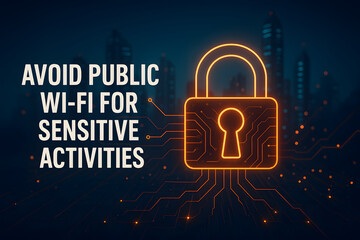
4. Shred your sensitive documents
Do you think files or documents once deleted from your computer are gone forever? No, they can still be recovered by cybercriminals to access your personal information for identity theft. Hence, shredding the documents, making them irrecoverable using the best file shredder software, is a good idea. You should shred sensitive files, such as debit/credit card statements, invoices/receipts, old photos and IDs, shipping labels, medical records, etc.
5. Be careful with links and attachments
Phishing, i.e., impersonating legitimate organizations (such as banks) or individuals through fake emails/messages/websites, is a common technique of cybercriminals to trick you into revealing your personal information (such as your credit card details, passwords, etc.).
Hence, never click on any suspicious links or attachments that look like fair communications from your bank, any corporate entity, or utility companies. The most common way to identify fake communications is through spelling errors or an email address that is different from the typical sender.
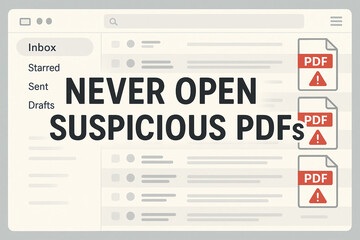
6. Check if the website you visit is secure
Before entering your personal details on any website (for any reason, such as filling out an application form), ensure that the site is secure. To identify whether or not the website is secure, look at the address bar on your browser. Secure websites have a lock symbol in the address bar and their URL begins with “https.” Moreover, you can also check the contact information or website privacy policy to confirm its security.
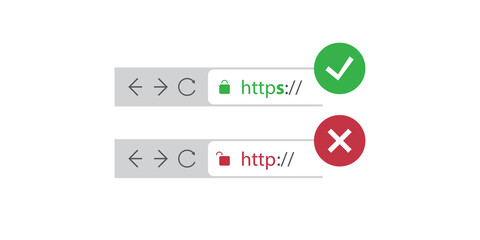
7. Get a strong antivirus software
The best antivirus software acts as a shield against viruses and spyware designed by cybercriminals to steal your valuable information and identity. Hence, protect your data using an antivirus. Moreover, it is a good idea to use a firewall (network security system) to protect from network-based attempts to access your personal data and use a VPN (Virtual Private Network) while browsing the internet for added security.
8. Create a data backup
It is crucial to back up your important data in a separate safe location on the internet (cloud storage) or on removable storage (such as an SD card, an external hard drive, or a USB stick). Backups help restore your data if any virus or malware attack erases it.
However, protect your cloud storage with strong passwords to prevent unauthorized access to your backups. You can also use two-factor authentication for additional protection.
Moreover, disable auto-backups to cloud storage to ensure people with wrong intent cannot access your sensitive data. Only backup the data manually.
Also know: Best Website Safety Checker for Scam Protection
9. Configure your privacy settings
All browsers have advanced settings that you can customize to ensure online security. These settings include measures such as blocking pop-ups and disabling cookies to ensure no website or anyone can track your online footprints and data without your knowledge or consent.
10. Disable Bluetooth and Wi-Fi when not in use
Cybercriminals can exploit Bluetooth and Wi-Fi settings for their fraudulent purposes. Hence, always remember to disable your Wi-Fi and Bluetooth when they are not in use.
Personal Data and Identity Protection on the Internet: The Conclusion
Hopefully, it is now clear how careful you should be about guarding your online identity and how to protect your identity and data. You can follow the measures above to prevent hackers from using your information for personal gain.
However, if you have any doubts, questions, or suggestions, feel free to drop us a comment. We would be happy to help you in whatever way we can.

